
Temaiken is a Biopark that preserves and protects the flora and fauna of endangered species and especially the native ecosystems of Argentina and South America.
It is located in Belén de Escobar, province of Buenos Aires (North zone of Buenos Aires, near C.A.B.A.). Argentina.
At the end of the publication I leave the link in case you are interested in knowing more about its location, foundation, projects, conservation work of native flora and fauna and other species.
next we will see a detailed map (or didactic guide) of Temaiken where we will find from its location to the activities to be carried out in the different places to visit.
Temaiken es un Bioparque que conserva y protege la flora y la fauna de especies en extinción y en especial los ecosistemas nativos de Argentina y Suramérica.
Está ubicado en Belén de Escobar, provincia de Buenos Aires ( Zona norte de Buenos Aires, próximo a C.A.B.A). Argentina.
al final de la publicación les dejo el link por si les interesa saber mas sobre su ubicación, fundación, sus proyectos, trabajos de conservación de la flora y la fauna autóctona y de otras especies.
a continuación veremos un mapa detallado (o guía didáctica) de Temaiken en donde encontraremos desde su ubicación hasta las actividades a realizar en los distintos lugares para recorrer y visitar.
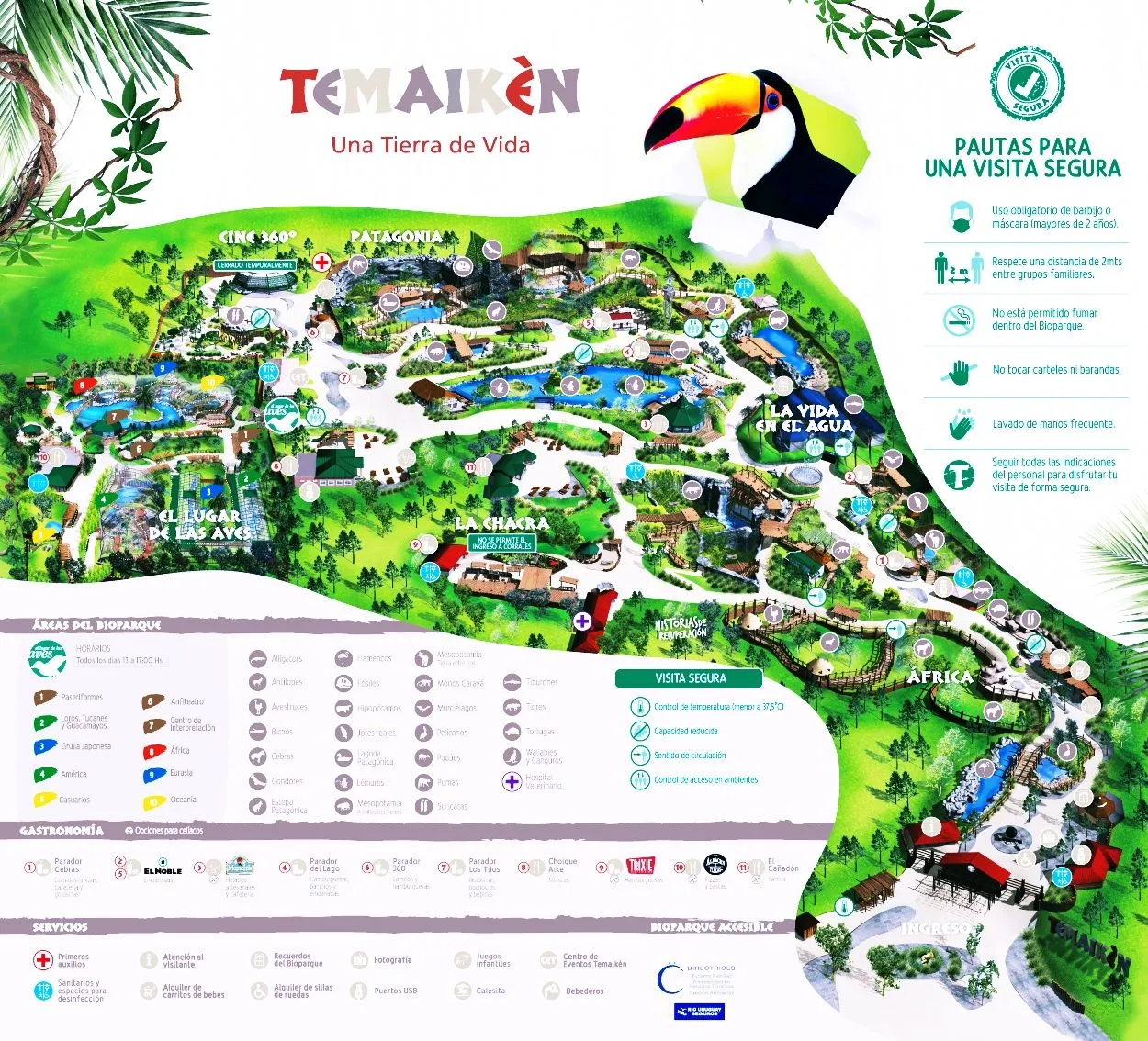
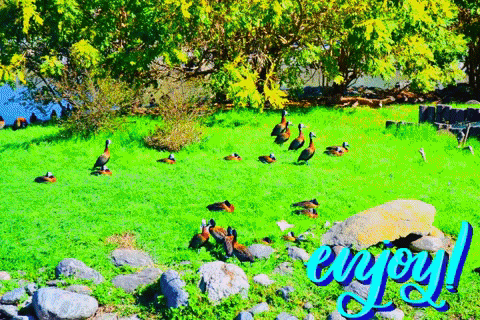

We are at the entrance of the Biopark where we can observe lakes and lagoons with different species of birds.
Nos encontramos en la entrada del Bioparque en donde podemos observar lagos y lagunas con diferentes especies de aves.
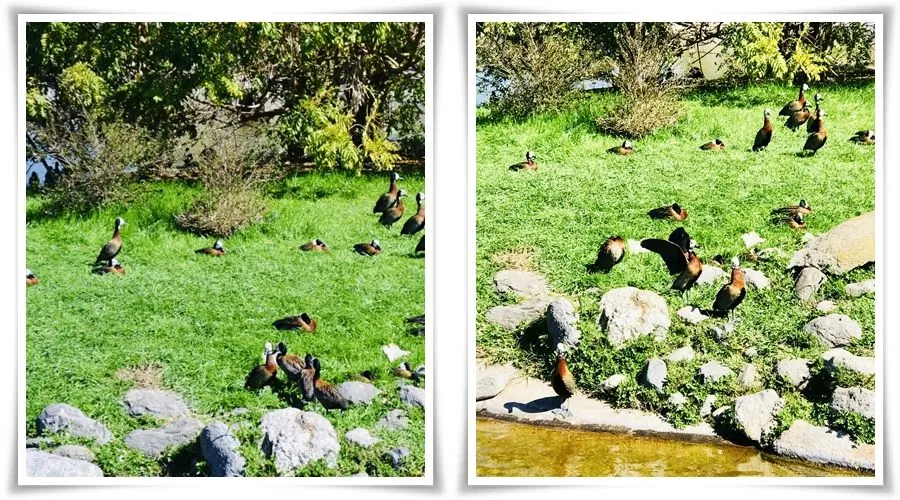
We can see in the following photos that we are in front of a flock of white-faced ducks. Its scientific name is Dendrocygna viduata.
there are also other species of ducks such as creole duck, mallard duck, suriri bicolor duck, torrent duck, etc...
Podemos ver en las siguentes fotos que estamos frente a una bandada de patos cara blanca. su nombre científico es Dendrocygna viduata.
también hay otras especies de patos como pato criollo, pato real, pato surirí bicolor, pato torrente, etc...
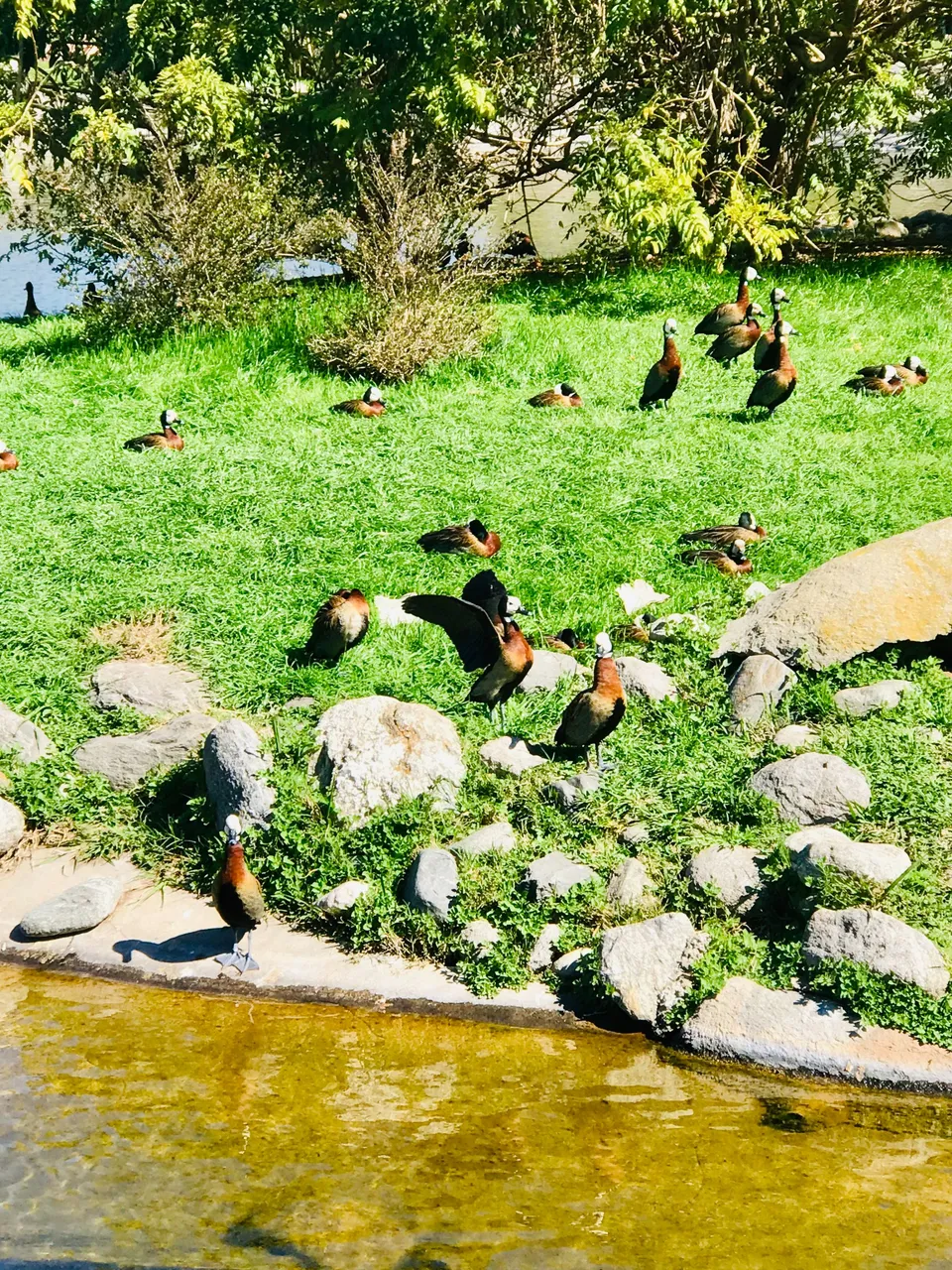
Here you can find the beautiful pink or Caribbean Flamingos and the Australian Flamingos (the latter are not as pink as the Caribbean Flamingos but they are still surprising with their charm).
Their habitat is coastal areas in warm climates, they also frequent wetlands with high salinity levels.
They feed on blue and green algae, diatoms, small crustaceans, larvae and small mollusks.
Flamingos are gregarious birds and are monogamous.
Por aquí se encuentran los bellísimos Flamencos rosados o Caribeños y los Flamencos Australianos. (éstos últimos no son tan rosados como los caribeños pero no dejan de sorprender con su encanto).
Su hábitat son zonas costeras en climas cálidos, también frecuentan en humedales con altos niveles de salinidad.
Se alimentan con algas azules, verdes, diatomeas, crustáceos pequeños, larvas y moluscos chicos.
Lo flamencos son aves gregarias y son monógamos.
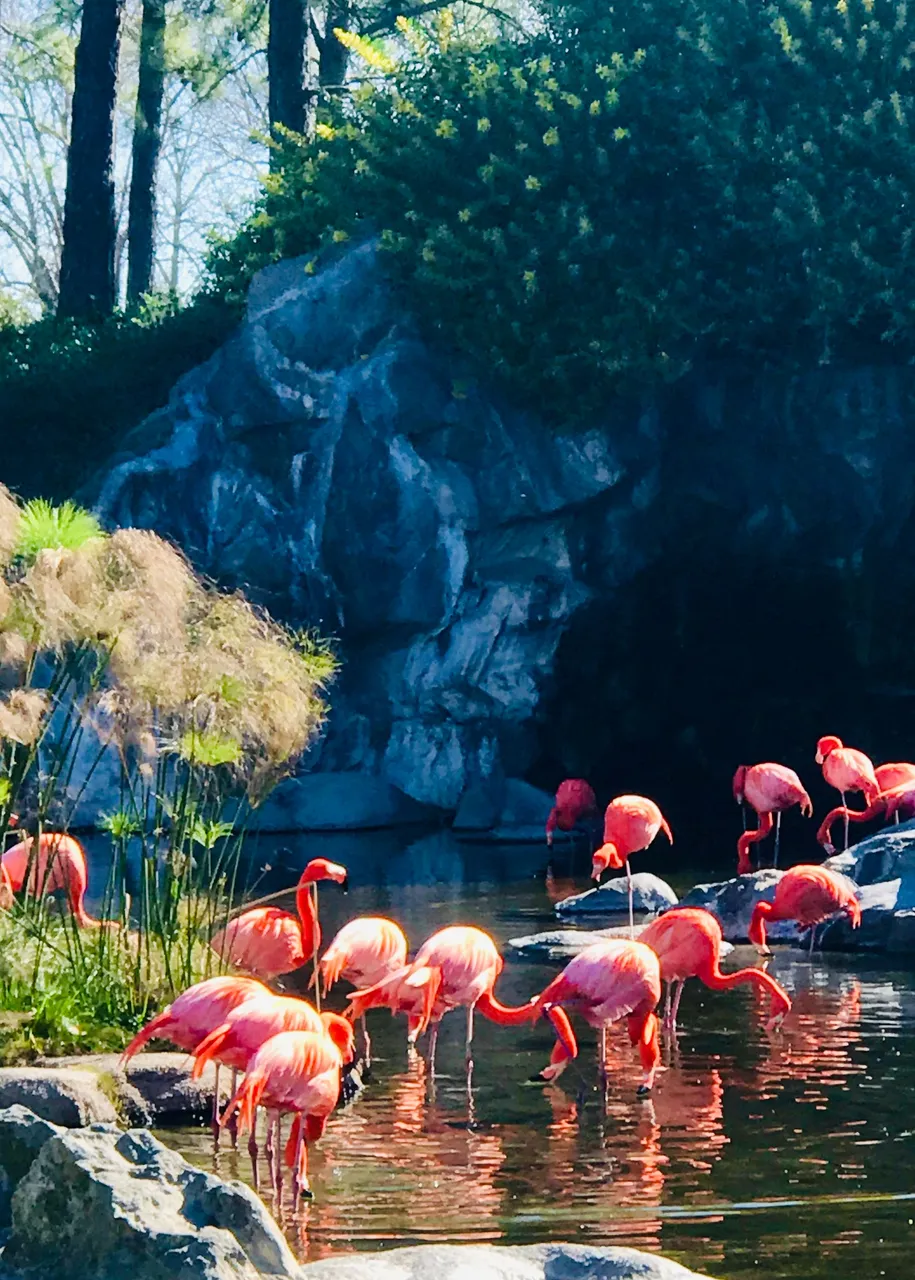
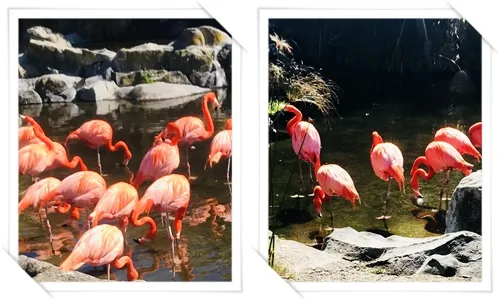
We continue our tour and come across the Scarlet Ibis, a bird native to South America, native to the southeastern coast of Brazil and the northern coasts of the South American continent. Its scientific name is Eudocimus ruber.
They feed on crustaceans, their color comes from their diet like that of flamingos.
seguimos recorriendo y nos encontramos con el Ibis de escarlata, un ave autóctono de sudamérica, nativa de la costa sureste de Brasil y costas del norte del continente sudamericano. Su nombre científico es Eudocimus ruber.
Se alimentan de crustáceos, su color proviene de su alimentación como la de los flamencos.
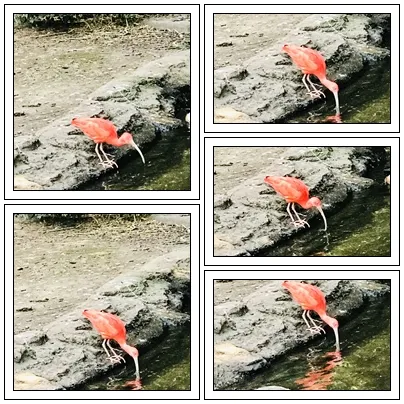
we arrive at the African Pelican, of the family pelecanidae, scientific name pelecanus onocrotalus.
The common pelican inhabits mainly the African continent, in fresh waters, deltas, flooded marshes, lakes, also in estuaries, lagoons or coasts with closed sea.
Pelicans inhabit all parts of the world. They are mainly aquatic birds and are among the world's best fliers. They have a gular pouch under their lower jaw, which is used to regulate temperature, carry water and food, and transport construction materials for the nest.
llegamos al Pelicano Africano, de la familia pelecanidae, nombre científico pelecanus onocrotalus.
El pelicano común habita principalmente en el continente africano, en las aguas dulces, deltas, marismas inundadas, lagos, también en estuarios, lagunas o costas con mar cerrado.
los pelicanos habitan en todas partes del mundo. Son aves acuáticas principalmente y de las mas voladoras del mundo. Tiene debajo de su mandíbula inferior una bolsa gular, ésta sirve para regular la temperatura, cargar agua, alimentos y transportar los materiales de construcción para el nido.
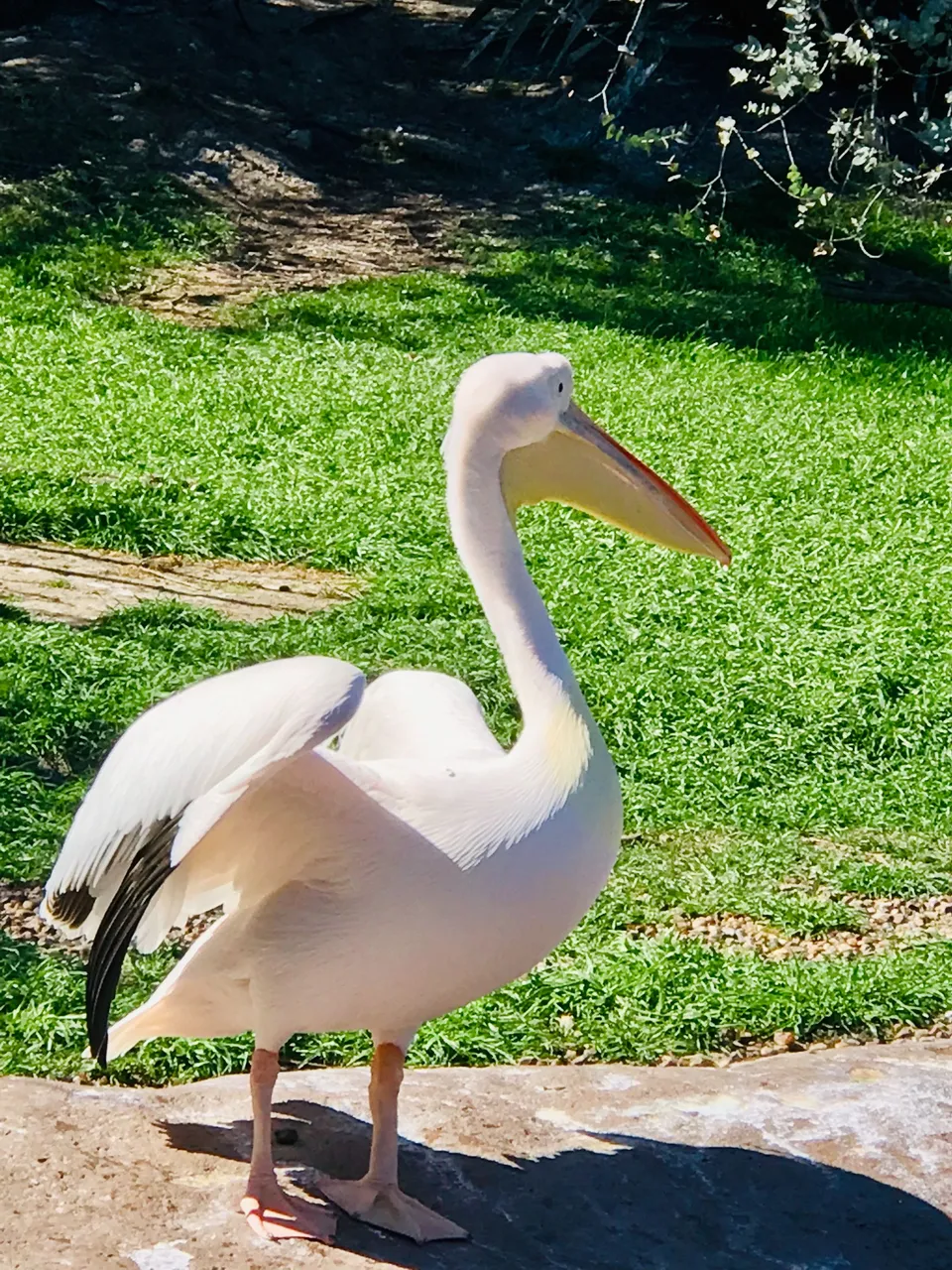

macaws
there are many types of macaws all over the world. They are tropical birds like larger parrots with common characteristics but with notable differences such as their colors.
They are affectionate, good-natured and can be taught to talk.
guacamayos
existen muchos tipos de guacamayos en todo el mundo. Son pájaros tropicales como loros mas grandes con características comunes entre si y con diferencias notables como sus colores.
Son cariñosos, tienen buen carácter y se les puede enseñar a hablar.
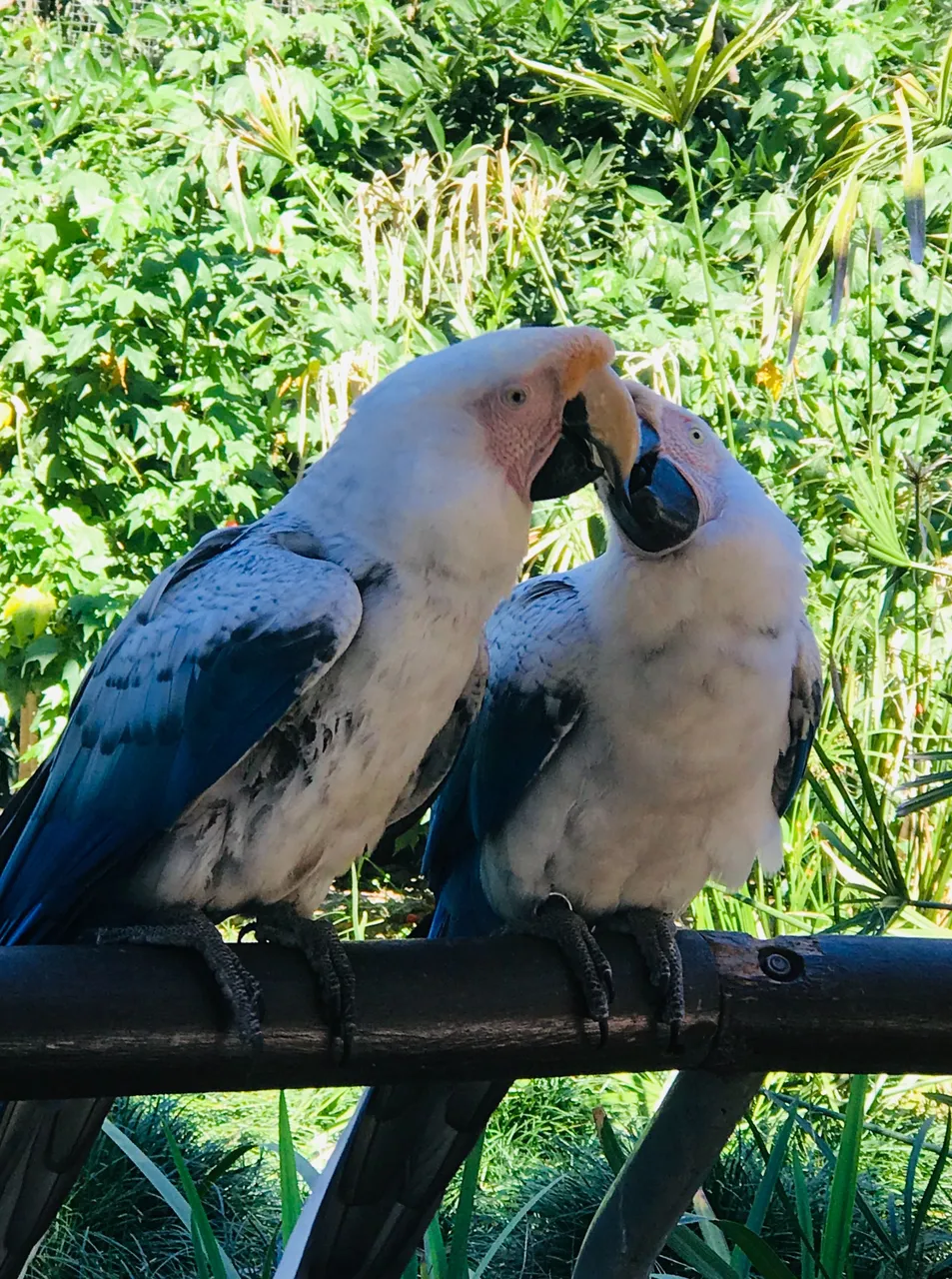
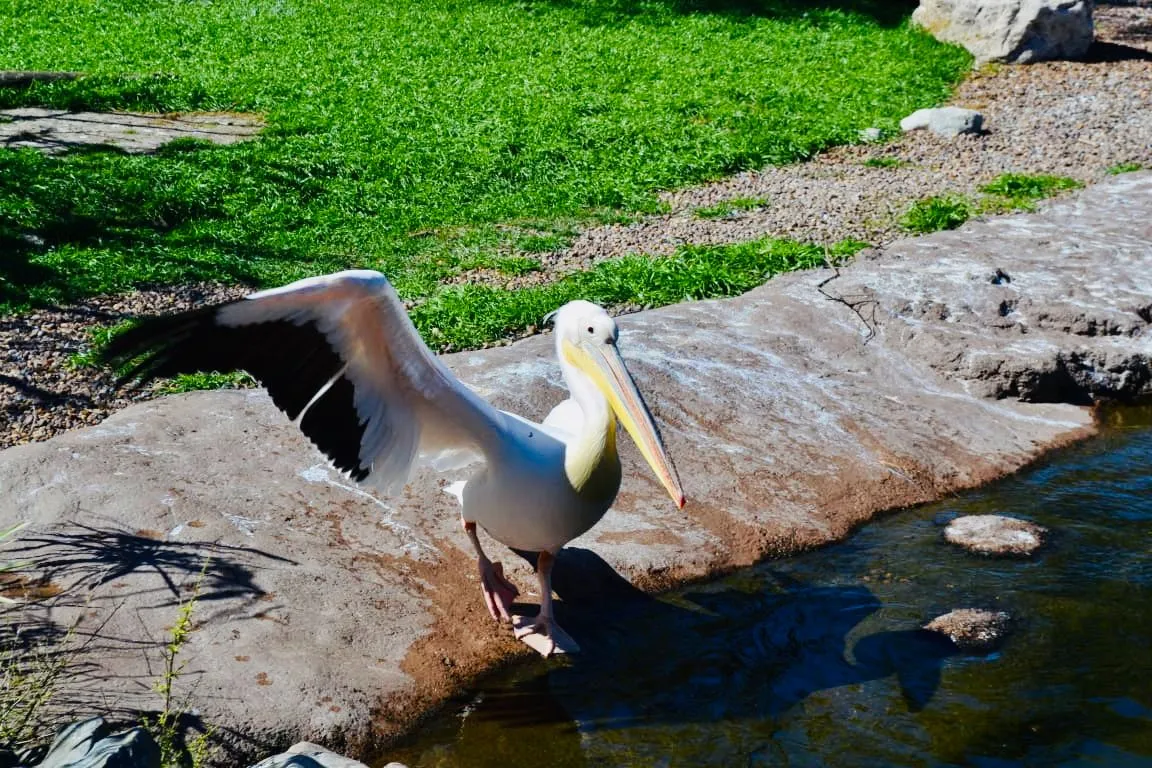
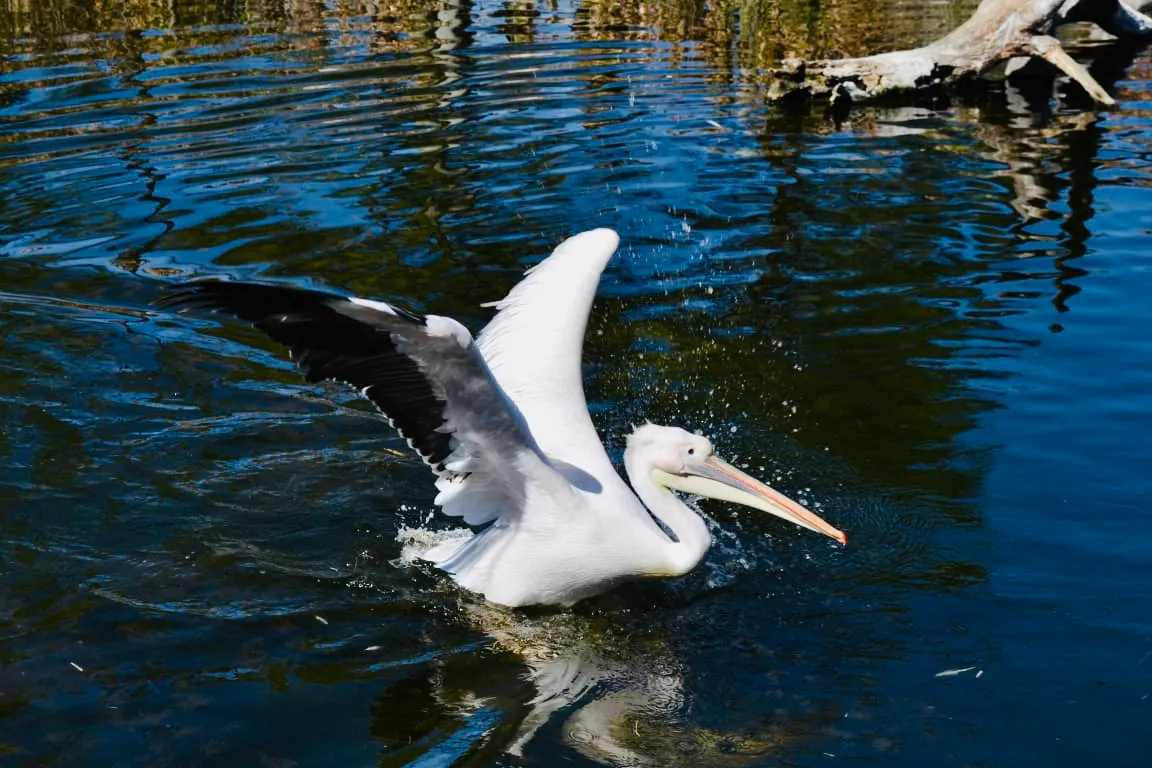
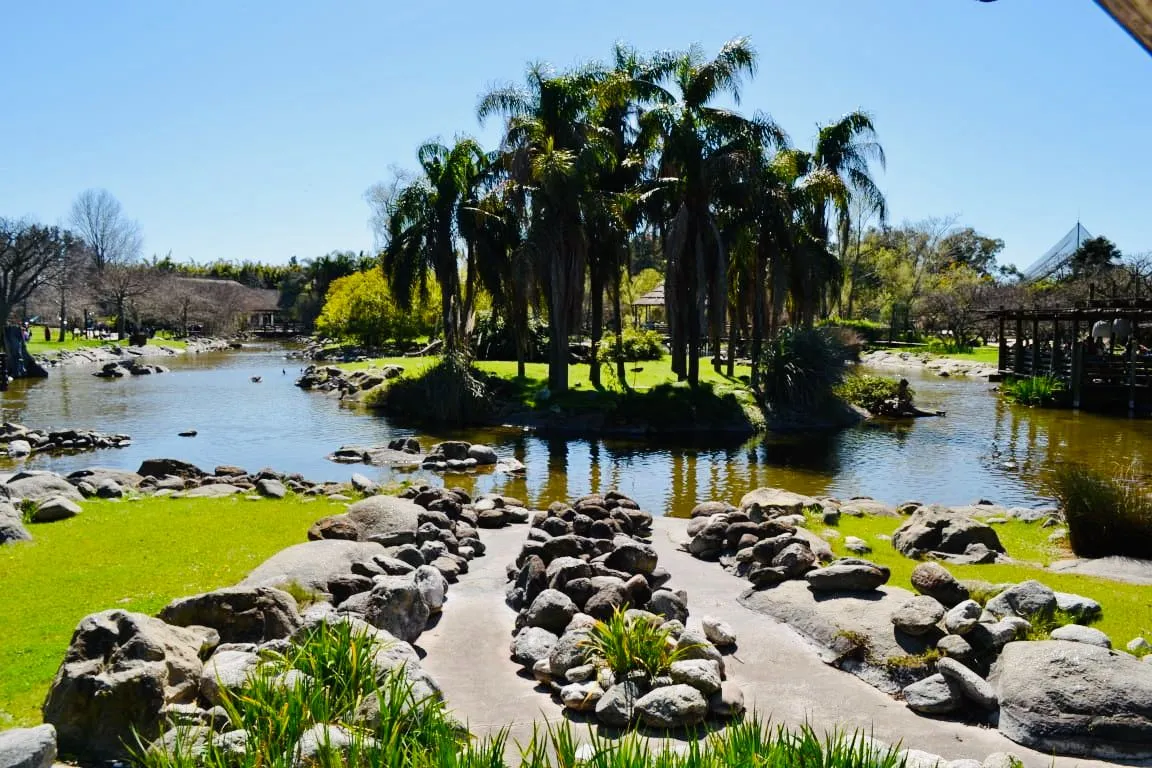
Cassuario:
A large, flightless racer bird native to Australia and New Guinea. The name originates from the Papuan islands "kasu" means horned and "weri" means head. In reference to its head.
Females are larger than males, they can look for 2 or 3 more pairs.
They lay between 2 and 5 green eggs during the breeding season.
They can reach up to 1.70 meters in height and weigh up to 80kg.
They feed on insects and fallen fruit from trees.
They are solitary and peaceful birds.
Casuario:
Es un ave de gran tamaño corredora no voladora oriunda de Australia y Nueva Guinea. El nombre es originario de las islas papúa "kasu" significa cornudo y "weri" significa cabeza. En referencia a su cabeza.
las hembras son mas grande que los machos, pueden buscar 2 o 3 parejas mas.
Ponen entre 2 y 5 huevos color verde en la época de cría.
pueden alcanzar hasta 1,70 metros de altura y pesan hasta 80kg.
Se alimentan de insectos y de frutos caídos de los árboles.
son aves solitarias y pacíficas.
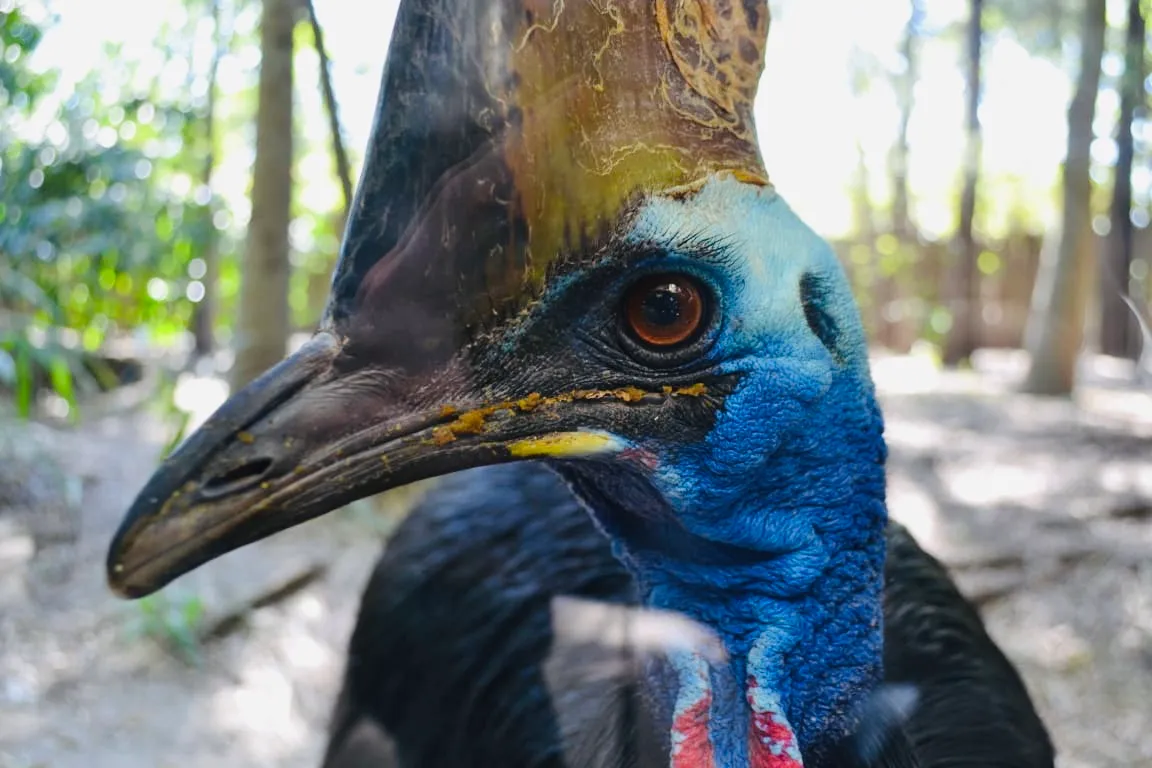
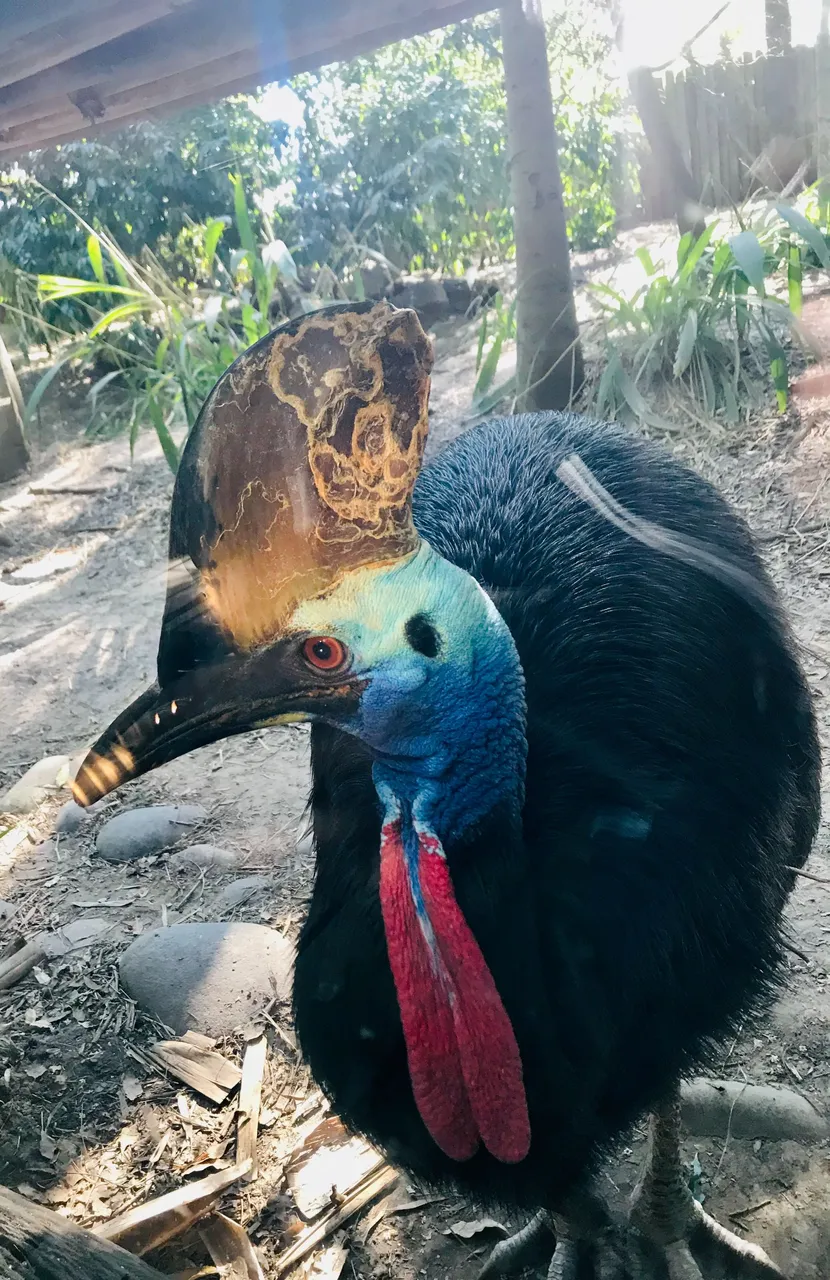
MUERCIELAGOS:
Bats:
When we arrive at this sector of the Biopark we find ourselves in a kind of habitat suitable for the only mammals with wings, where an ideal tropical microclimate develops with trees and fruits to eat, since they are frugivorous and can fly up to 60 km.
Its scientific name is Pteropus Vampyrus.
Bats orient themselves by sound waves called echolocation system.
The reproductive season of these animals is in spring and they generally have one offspring per year.
Murciélagos:
al llegar a éste sector del Bioparque nos encontramos en una especie de hábitat apropiado para los únicos mamíferos con alas, en donde se desarrolla un microclima ideal tropical con árboles y frutos para comer, ya que son frugívoros y pueden volar aproximadamente hasta 60 km.
Su nombre científico es Pteropus Vampyrus.
Los murciélagos se orientan por ondas sonoras llamado sistema de ecolocalización.
la época reproductiva de éstos animales es en primavera generalmente tienen una cría por año.

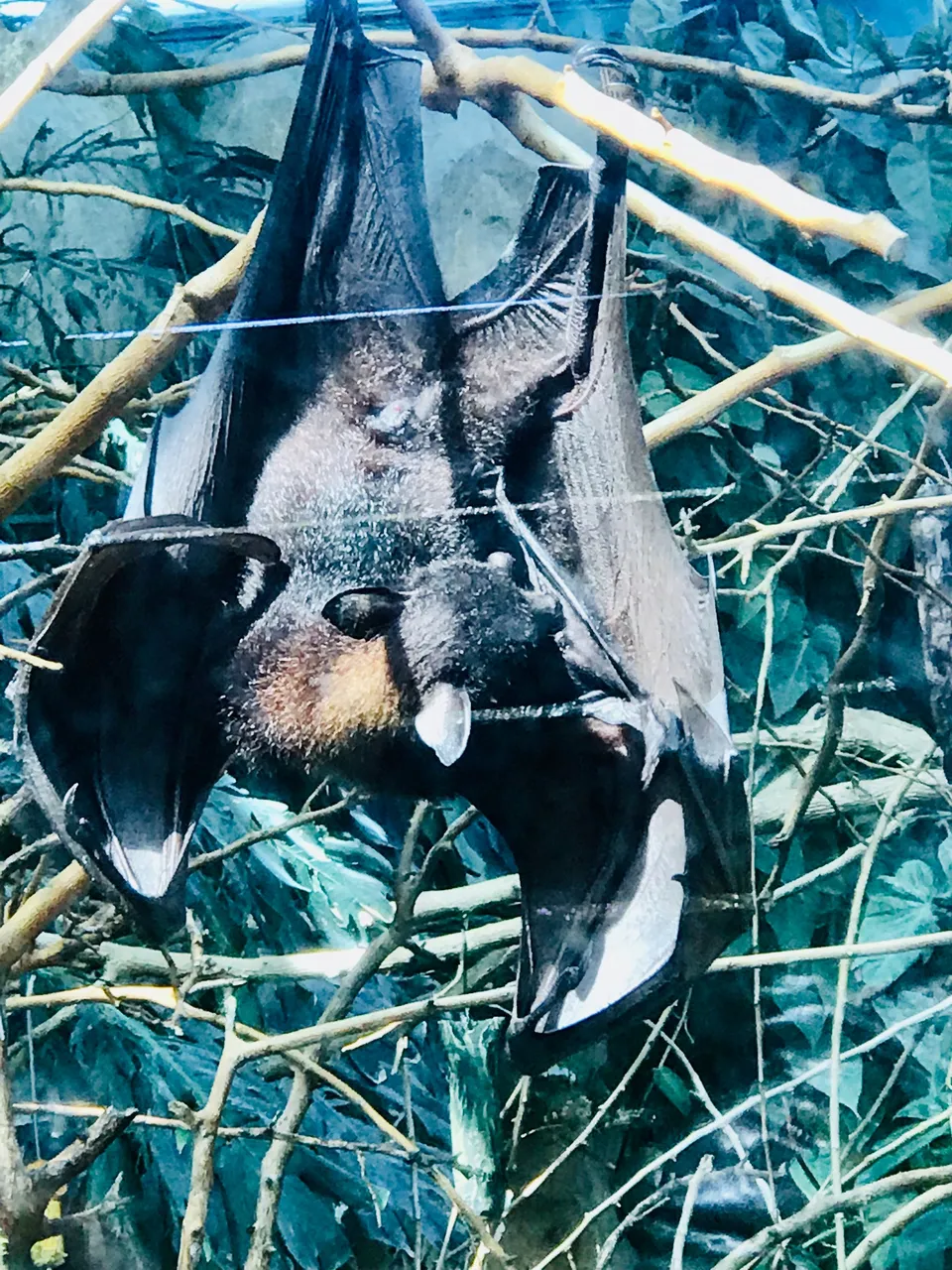
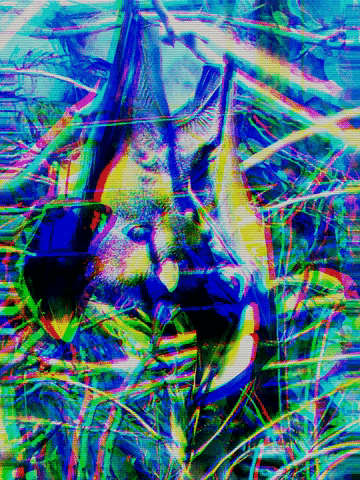
we arrived at the farm !!!
One of the favorite places for the little ones because there are sheep, goats, cows, cows, calves and chickens.
All domestic animals where they have direct contact with the public who visit them and can interact with the animals, petting them, feeding them food appropriate for each animal (which are sold on site).
They can also participate in the milking.
The farm has a vegetable garden where you can also learn about 28 varieties of vegetables.
Here are some pictures:
llegamos a la chacra !!!
uno de los lugares favoritos de los mas pequeños ya que allí se encuentran las ovejas, cabras, vacas jersey, terneros y gallinas.
todos animales domésticos en donde tienen contacto directo con el público que los visita y podrán interactuar con los animales, acariciándolos, dándoles de comer comida apropiada para cada animal ( que se venden en el lugar).
también pueden participar del ordeñe.
La chacra cuenta con una huerta donde se puede conocer también 28 variedades de vegetales.
aquí van algunas fotos:
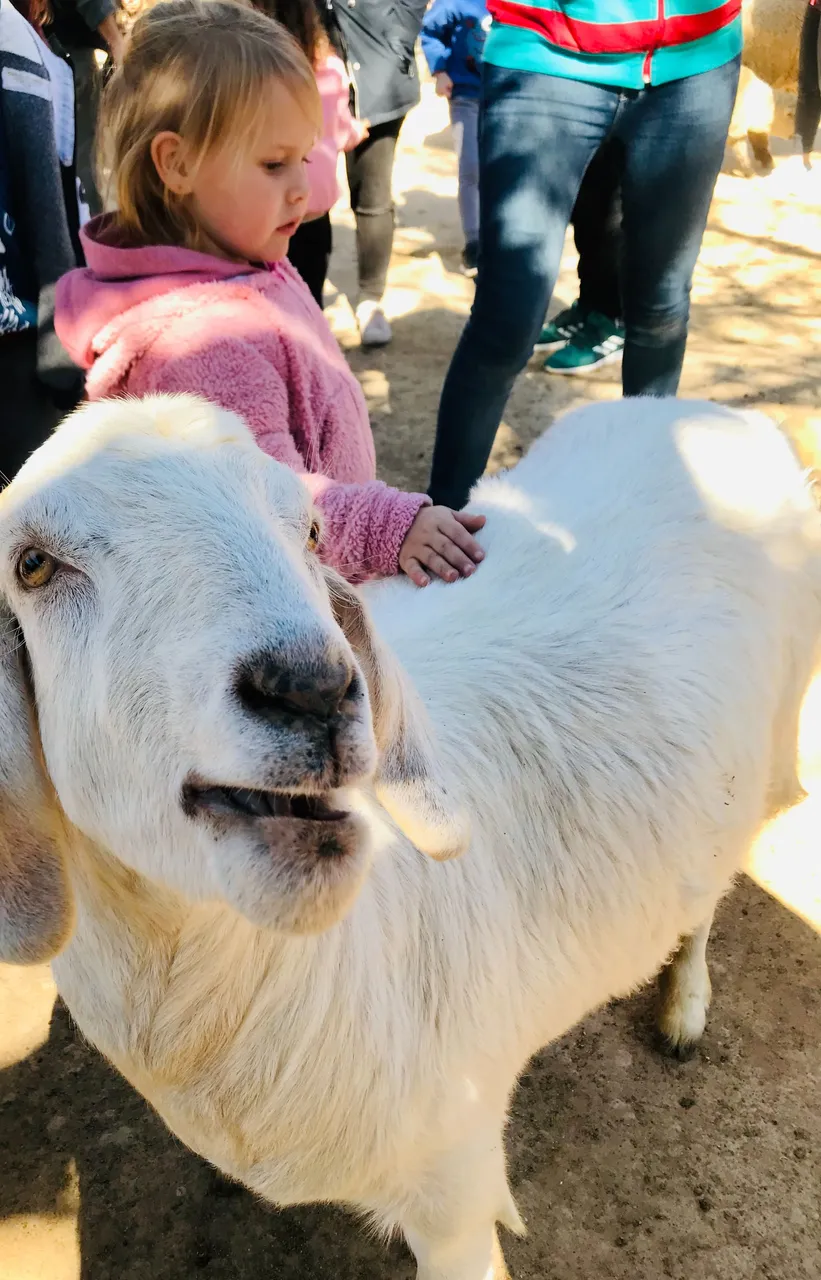
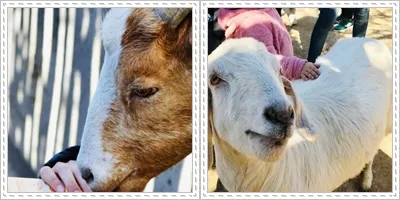
goats and cows jersey / cabras y vacas jersey
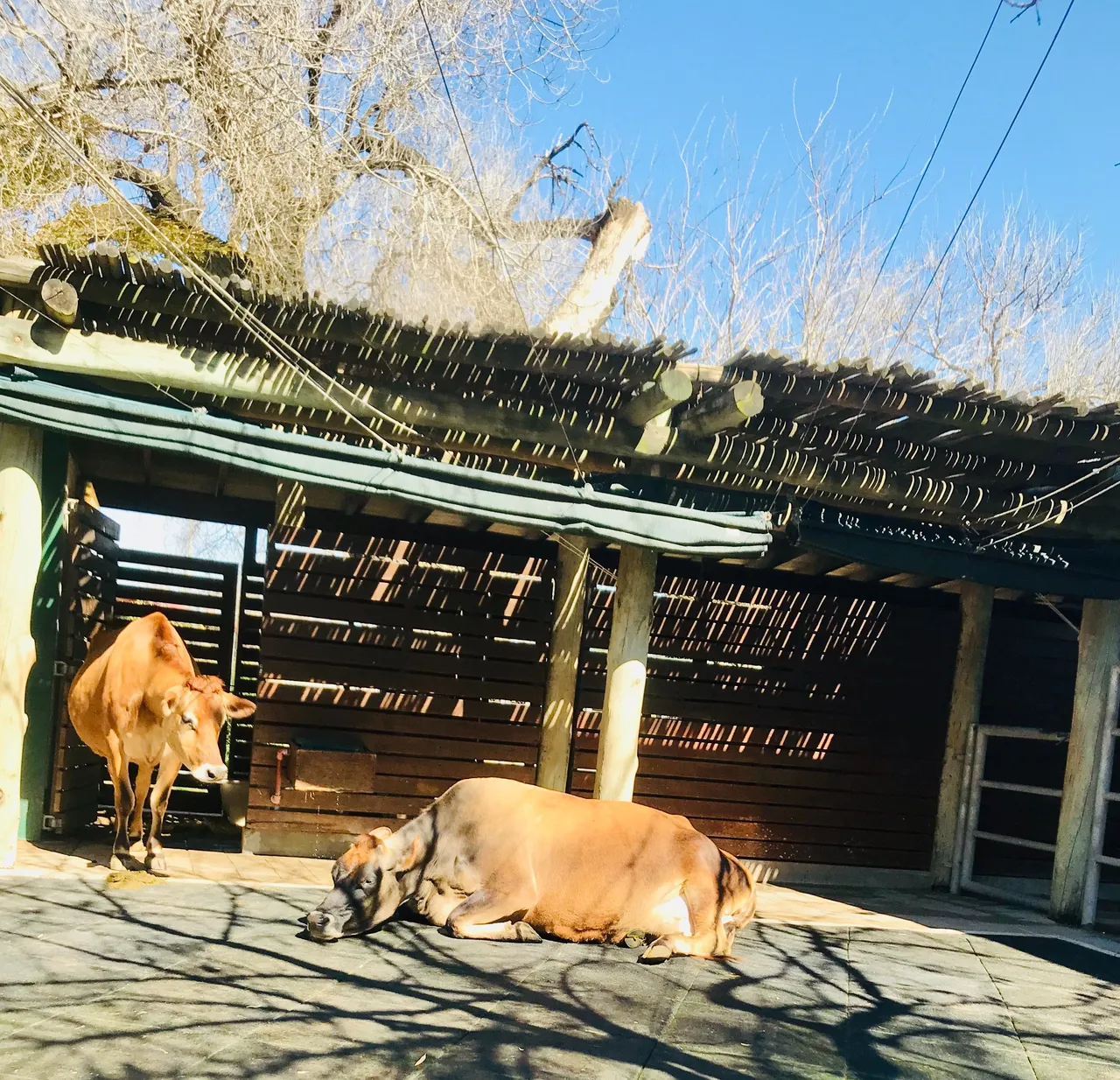
Red-necked Wallaby:
Since already a decade ago 6 red-necked wallaby arrived at Temaiken.
They are small marsupials found in Tasmania and southeastern Australia. They usually inhabit eucalyptus forests, open and scrub areas.
albino marsupials can also reproduce when breeding.
these specimens have already had offspring and some of them are albinos.
Wallaby de cuello rojo:
Desde ya hace una década que llegaron 6 wallabys de cuello rojo a Temaiken.
Son pequeños marsupiales que se los encuentra en tasmania y en el sudeste de Australia. Suelen habitar bosques de eucaliptos, áreas abiertas y de matorrales.
también al reproducirse pueden salir marsupiales albinos.
éstos ejemplares ya tuvieron crías y algunos salieron albinos.


Zona África y Asia / Africa and Asia zone
Suricatas
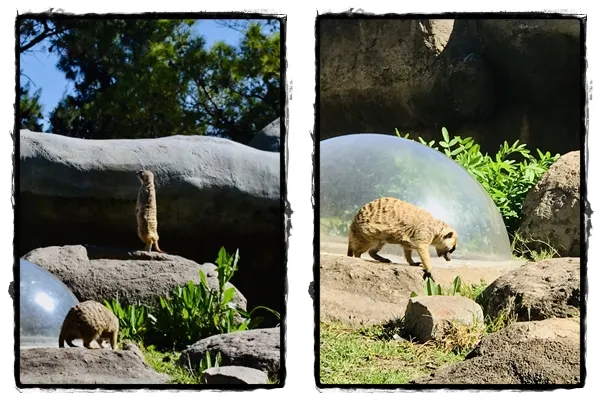
Meerkats are mammals native to Africa, especially South Africa.
They live in desert areas and savannahs.
They have excellent eyesight and a highly developed sense of smell. Their average lifespan is 13 years and their weight is up to one kilo in adults.
They feed on insects, small rodents, scorpions and snakes.
They live in groups and are matriarchal. They all live in the same burrow that they build with their legs.
Mating season is during the hot season. Females can have 2 to 5 young and are born after 11 weeks of gestation.
Las suricatas son mamíferos autóctonos de África especialmente de Sudáfrica.
Viven en zonas desérticas y sabanas.
poseen una excelente visión y un olfato muy desarrollado. Su promedio de vida son 13 años y su peso es de hasta un kilo en adultos.
se alimentan de insectos, pequeños roedores, escorpiones y serpientes.
son animales que viven en grupo y son matriarcales. Todos viven en la misma madriguera que ellos mismos construyen con sus patas.
la época de apareamiento es en estación calurosa. las hembras pueden tener de 2 a 5 crías y nacen después de 11 semanas de gestación.
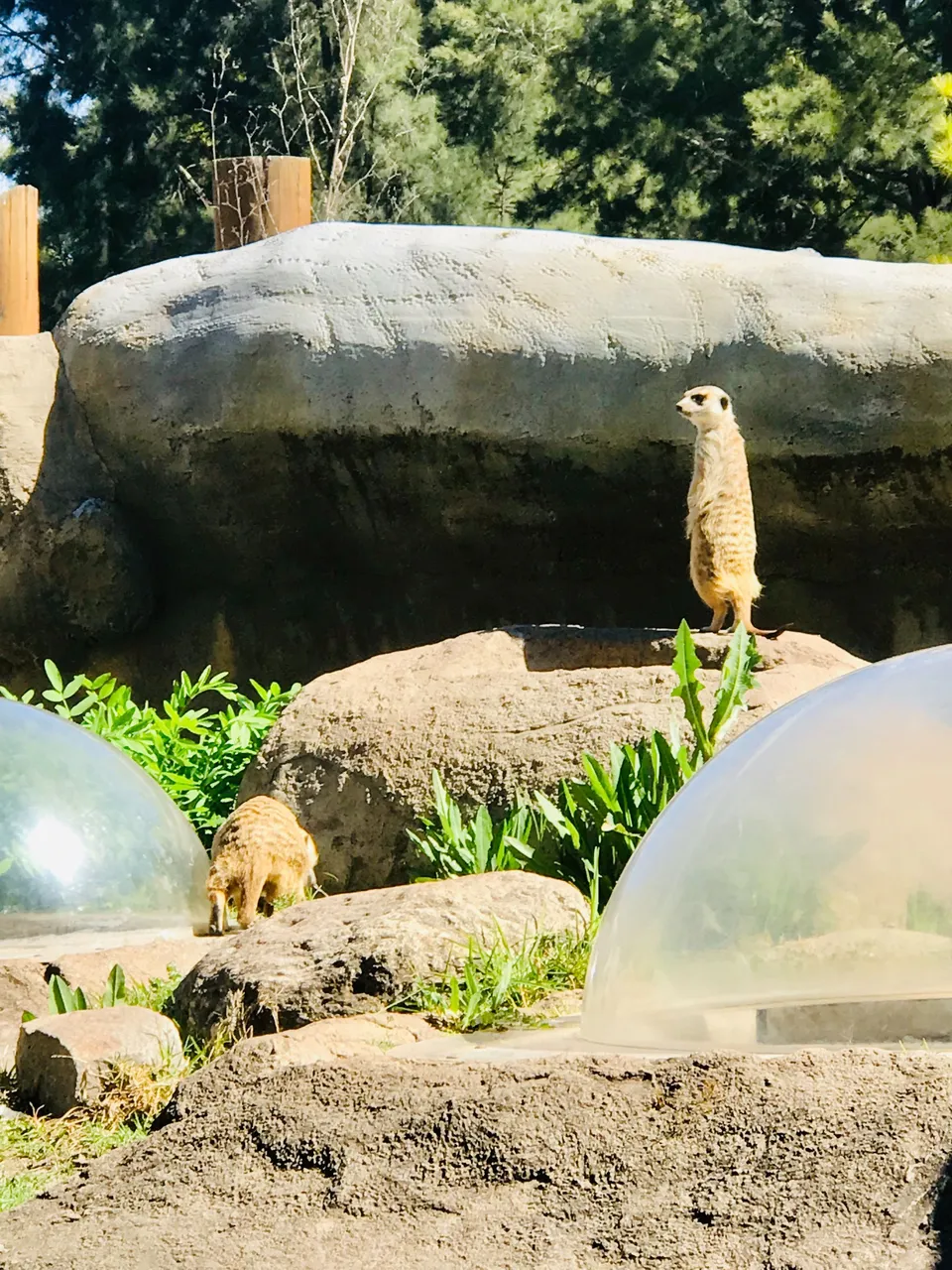
Sable or black antelope :
they are large, long-legged antelopes with a particular characteristic, they have a black facial mask on a white background.
Unlike the rest of the antelopes, the sables prefer vegetation, they have bush habits.
They can run up to 57 km per hour and have a gestation period of approximately 9 months. they have one calf per gestation.
Antílope de sable o negro :
son antílopes de gran tamaño, patas largas con una característica en particular, tienen una máscara facial negra sobre fondo blanco.
al contrario que el resto de los antílopes los sables prefieren la vegetación, son de hábitos arbustivos.
Pueden correr hasta 57 km por hora y tienen un período de gestación de aproximadamente 9 meses. tienen una cría por cada gestación.
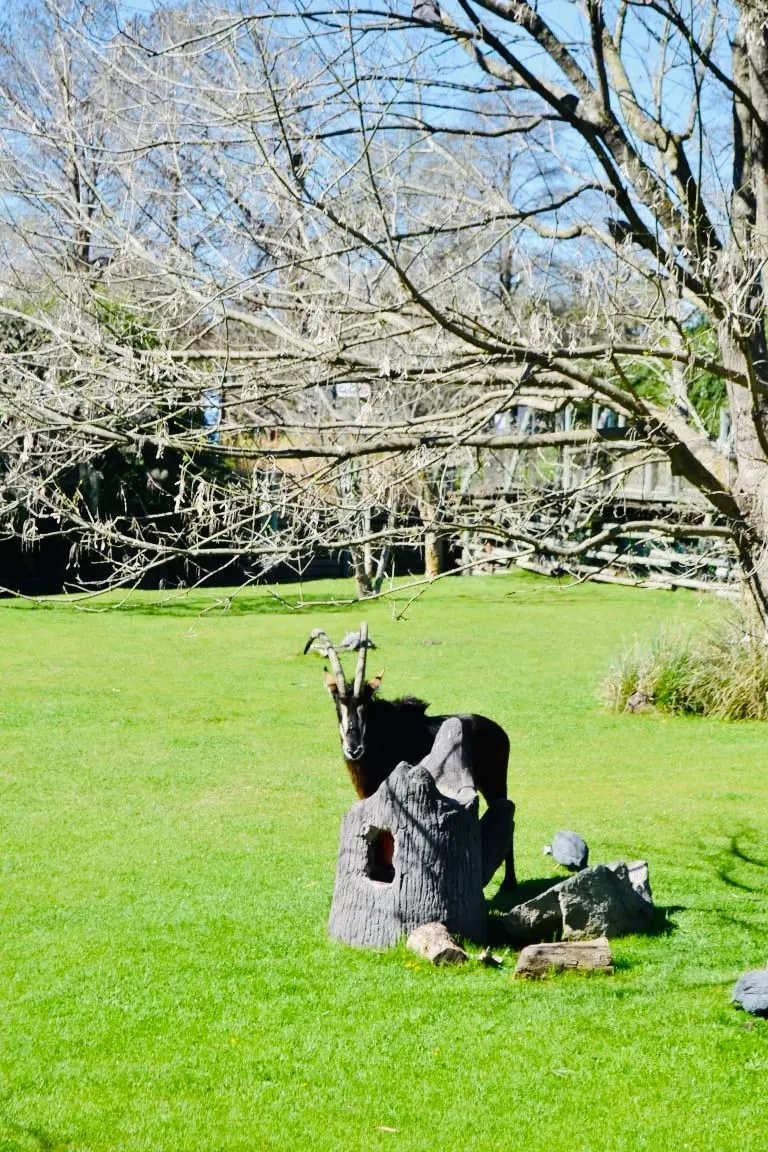
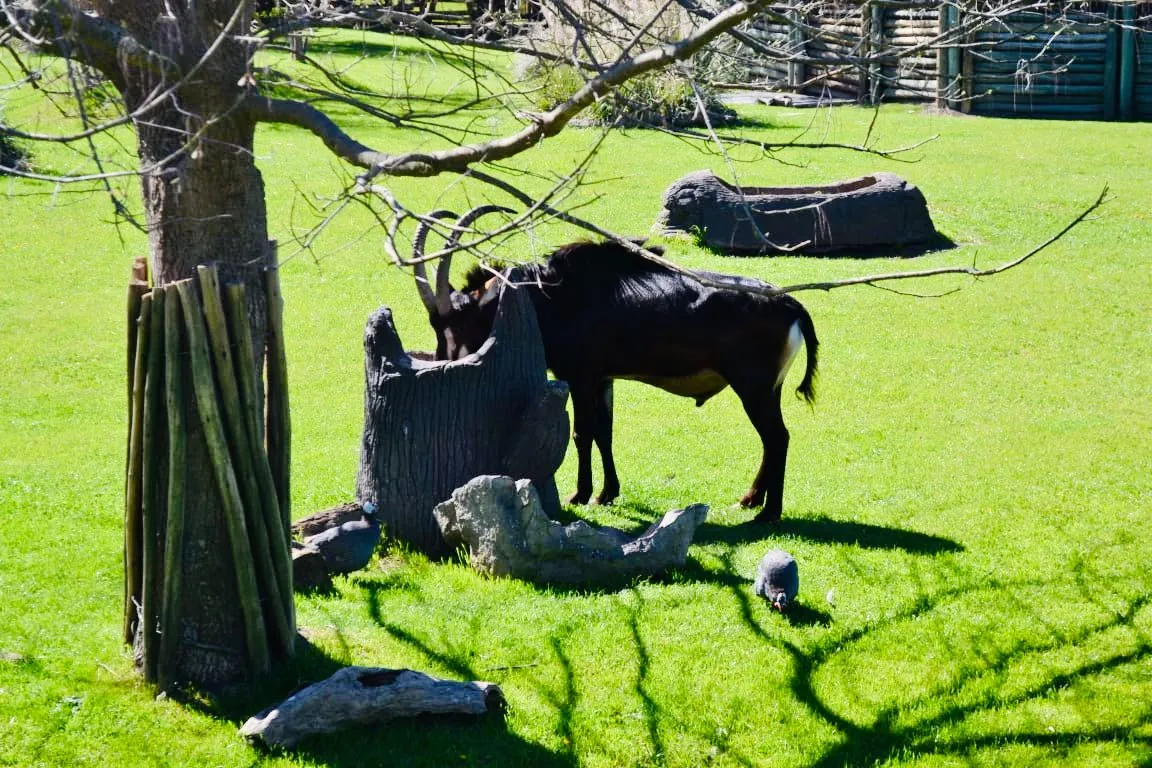
Guepardo
The Cheetah is the only living representative of the genus Acinonyx jubatus (scientific name).
It is the fastest terrestrial animal, it can run up to 130 km/h. approximately.
Its average life span in the wild is 10/12 years and 20 years in captivity.
Most of these specimens are found in East and Southwest Africa.
They are carnivorous hunters specialized in medium-sized prey such as gazelles, impalas and small antelopes.
It is truly a unique and surprising animal.
El Guepardo o Chita es el único representante vivo del género Acinonyx jubatus (nombre científico).
Es el animal terrestre mas veloz, puede alcanzar corriendo hasta 130 km/h. aproximado.
su ciclo de vida media en estado salvaje es de 10/12 años y 20 años en cautiverio.
la mayor parte de éstos ejemplares se encuentra en el este y sudoeste de África.
Son carnívoros cazadores especializados en presas medianas como gacelas, impalas y antílopes pequeños.
Realmente es un animal único y sorprendente. atractivo como pocos.
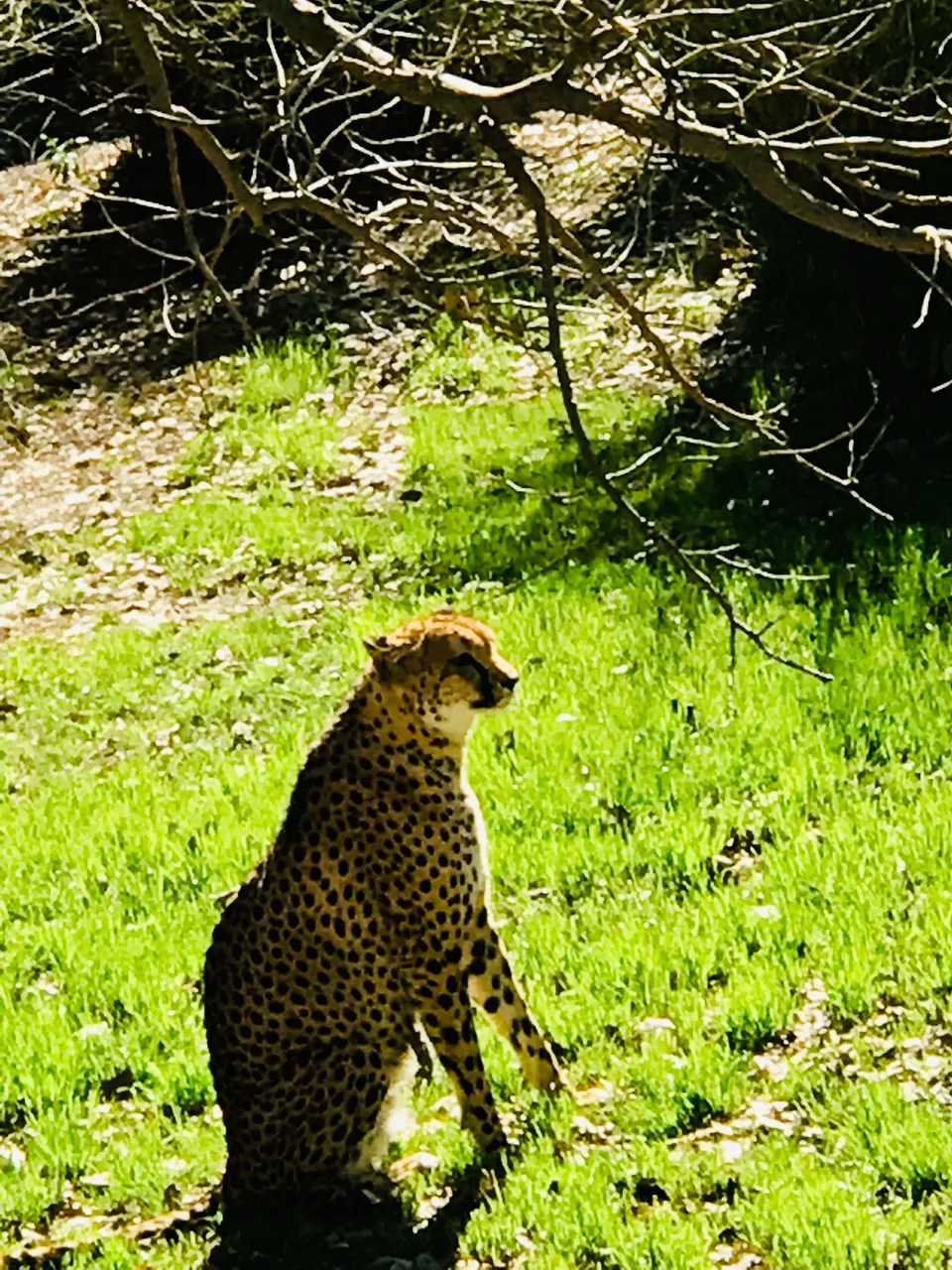

Pumas:
The puma is found in several areas of Argentina, either in the humid jungle of Tucumán, the eastern mountain range of Jujuy and Salta or the valley of Río Negro, as well as in the plains of eastern San Luis.
It presents a uniform coloration, without spots. There are usually variations depending on the region where it lives.
They weigh between 40 and 70 kg.
It is a predominantly carnivorous animal but includes some vegetables in its diet.
it feeds on vizcachas, coatis, monkeys, rheas, etc.
Pumas hunt at night, during the day they rest.
They are solitary animals.
Pumas meow, NOT roar. They are like giant cats !
Every year 2 to 4 cubs are born.
El puma se lo encuentra en varias zonas de la República Argentina, ya sea en la selva húmeda tucumana, como en la cordillera oriental de Jujuy y Salta o el valle de Río Negro, también en la llaura del este de San Luis.
presenta una coloración uniforme, sin manchas. Suele haber variaciones dependiendo de la región donde vive.
pesan entre 40 y 70 kilo.
es un animal predominantemente carnívoro pero incluye algunos vegetales en su dieta.
se alimenta de vizcachas, coatíes ,monos, ñandúes etc.
Los pumas cazan de noche, durante el día descansan.
son animales solitarios.
los Pumas maúllan , NO rugen. Son como gatos gigantes !
Cada año nacen entre 2 a 4 cachorros.


Yacaré Overo:
The natural habitat of the Yacaré is the marshes, swamps, creeks and rivers, with a predominance of warm and humid climate with abundant rainfall.
They are adapted to aquatic life, are carnivorous and sometimes feed on carrion. Their usual diet is insects, toads, snakes, fish. They rarely feed on birds and mammals.
During the day it basks on the banks of rivers and swamps and hunts at night.
The mating season is in spring. After copulation, the female begins the process of building the nest, using the vegetation of the place.
She can lay between 20 to 40 eggs (these are rough and white).
Once the female has laid the eggs, it takes approximately 2 months for the young to hatch.
El hábitat natural del Yacaré son los esteros, pantanos, riachuelos y ríos. con predominancia al clima cálido y húmedo con abundantes lluvias.
Están adaptados para la vida acuática, son carnívoros y algunas veces suelen alimentarse de carroña. Su alimentación habitual son insectos, sapos, serpientes, peces. Raras veces se alimenta de aves y mamíferos.
durante el dia toma sol en las orillas de los ríos, pantanos y caza durante la noche.
la época de apareamiento es en primavera. al tiempo de terminar la copulación la hembra empieza el proceso de armado del nido, utiizando la vegetación del lugar.
Puede llegar a poner entre 20 a 40 huevos (éstos son rugosos y blancos).
una vez que la hembra puso los huevos tardan 2 meses aproximadamente para que nazcan las crías.

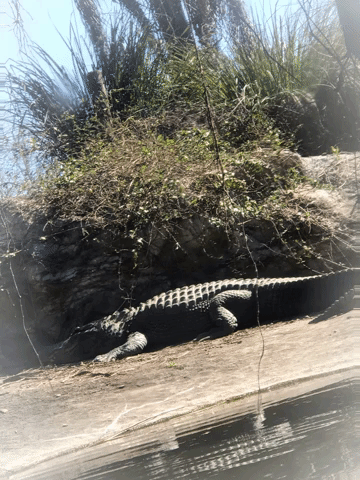
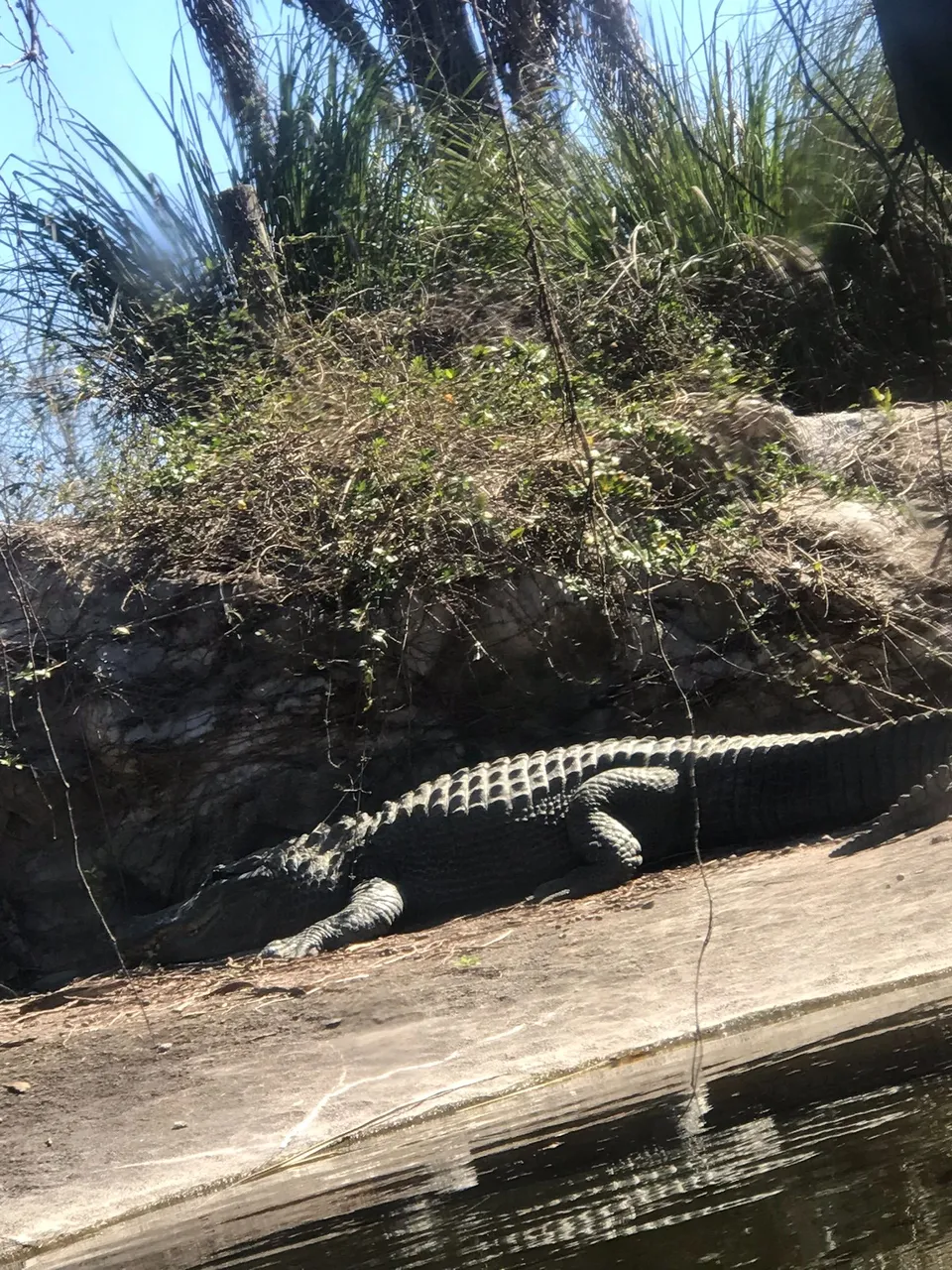
Acuario :
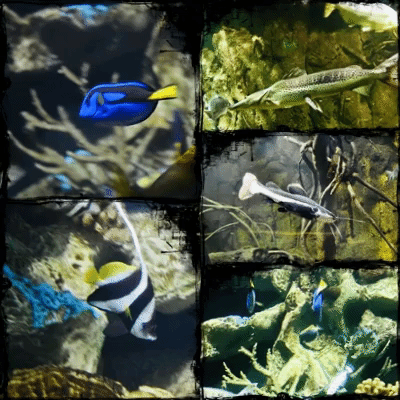
The blue or royal surgeonfish (paracanthurus hepatus) is a reef fish, indigo blue in color with black stripes. Its caudal fin is yellow.
They feed on plankton and macroalgae, also called fry. Adults are omnivorous.
They have a late sexual maturity, spawning in groups in the evening/night on new and full moon days.
El pez cirujano azul o real (paracanthurus hepatus) es un pez de arrecife, es de color azul índigo y rayas negras. Su aleta caudal es color amarilla.
Se alimentan a base de plancton y macroalgas, los también llamados Alevines. Los adultos son omnívoros.
tienen una madurez sexual tardía, desovan en grupo por la tarde/noche los días de luna nueva y luna llena.
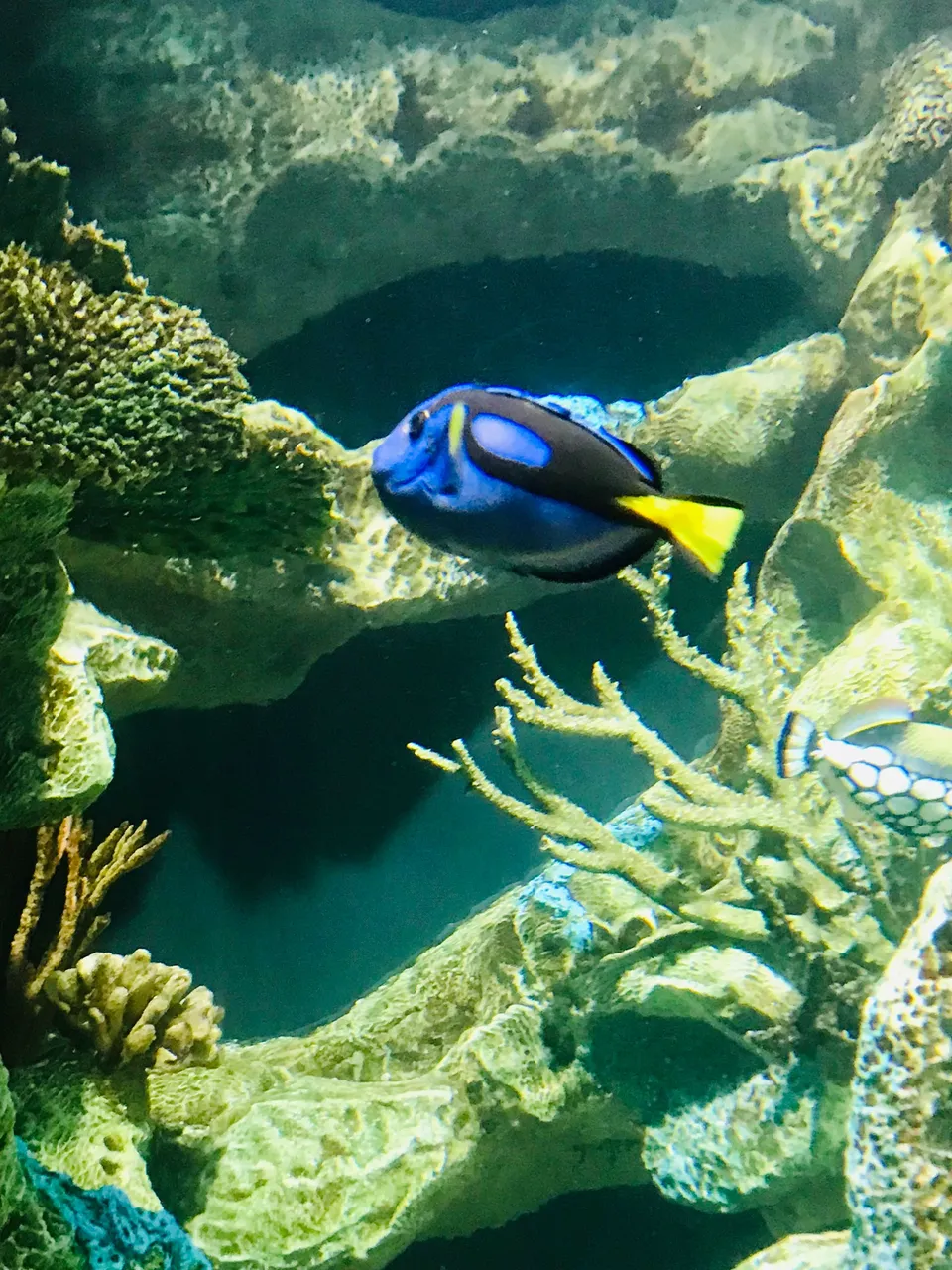
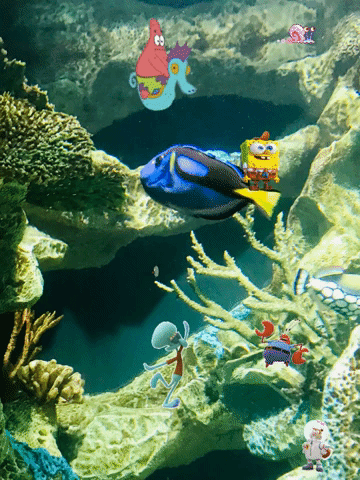
Heniochus monoceros :
Marine fish of the chaetodontidae family.
It feeds mainly on zooplankton, crabs, worms and various benthic invertebrates.
it is oviparous and each spawning it releases between 3000 and 4000 eggs into the current.
They form pairs during the reproductive cycle.
Heniochus monoceros :
Pez marino de la familia de los chaetodontidae.
se nutre principalmente de zooplancton, cangrejos, gusanos y varios invertebrados bentónicos.
es oviparo y cada desove suelta a la corriente entre 3000 y 4000 huevos.
forman parejas durante el ciclo reproductivo.
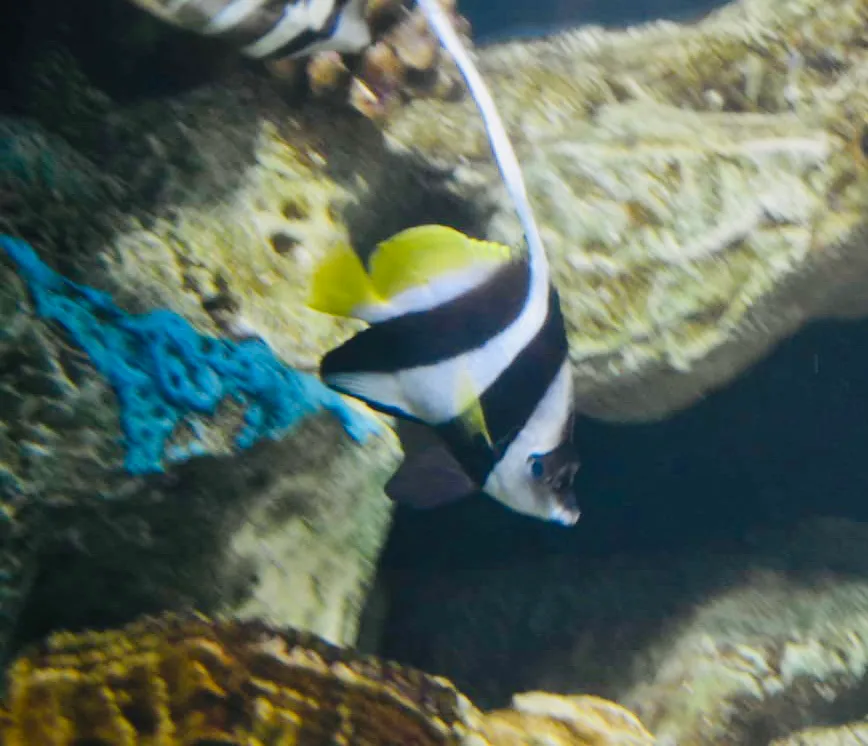
The tower catfish ( Phractocephalus hemioliopterus ):
Its family is Pimelodidae, known as South American redtail catfish or redtail silurid.
It can measure up to 1.5 meters.
It is an omnivorous fish, almost carnivorous, feeding on live fish, crustaceans, mollusks, birds and small mammals.
Its reproductive biology is unknown.
It is native to Venezuela, Guyana, Peru and Brazil.
El pez gato torre ( Phractocephalus hemioliopterus ) :
Su familia es Pimelodidae, conocido como pez gato sudamericano cola roja o silúrido cola roja.
puede llegar a medir hasta 1,5 metros.
Es un pez omnívoro casi carnívoro, se alimenta de peces vivos, crustáceos, moluscos, aves y pequeños mamíferos.
su biología reproductiva es desconocida.
es oriundo de Venezuela ,Guyana, Perú y Brasil.
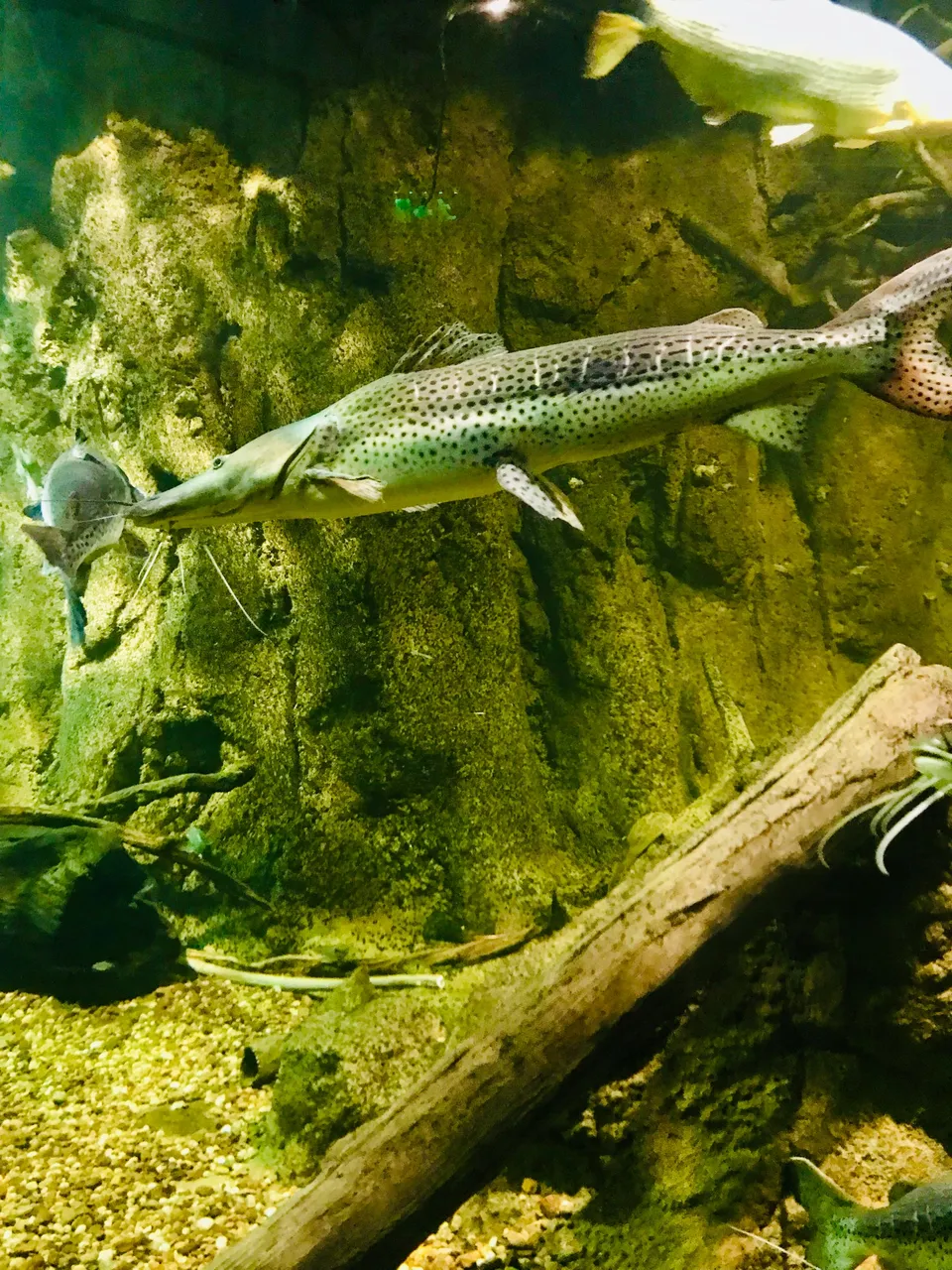
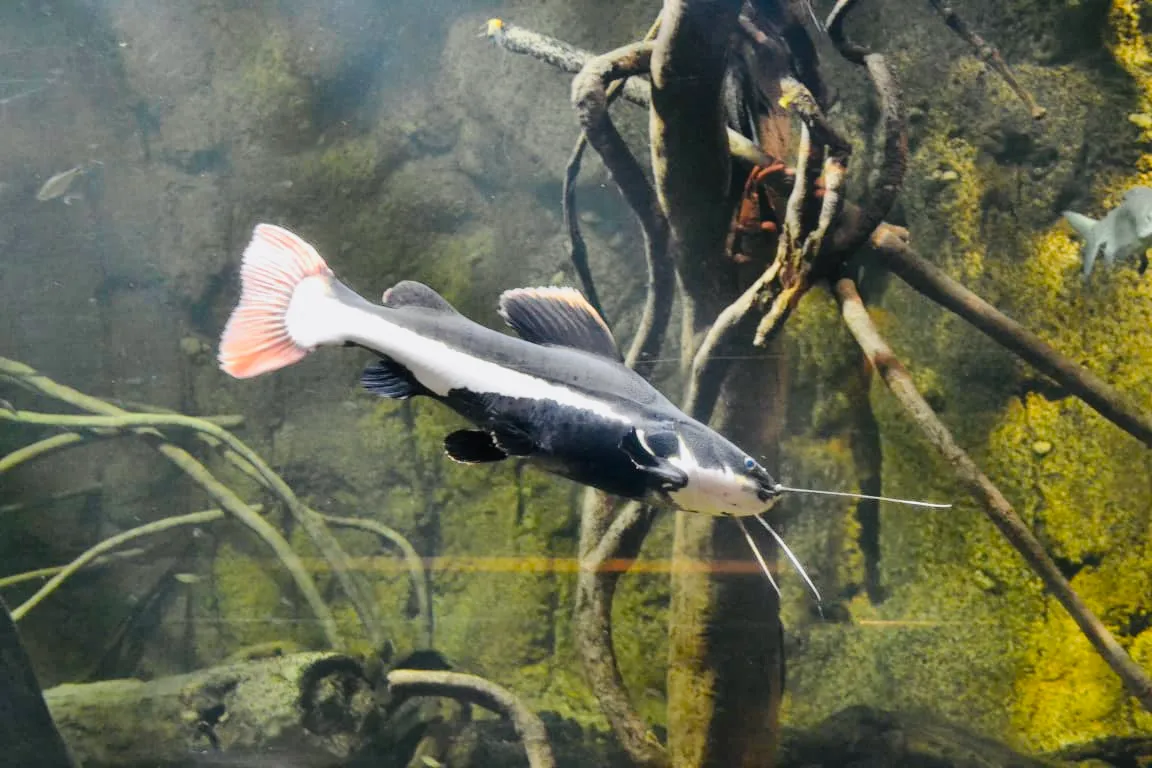
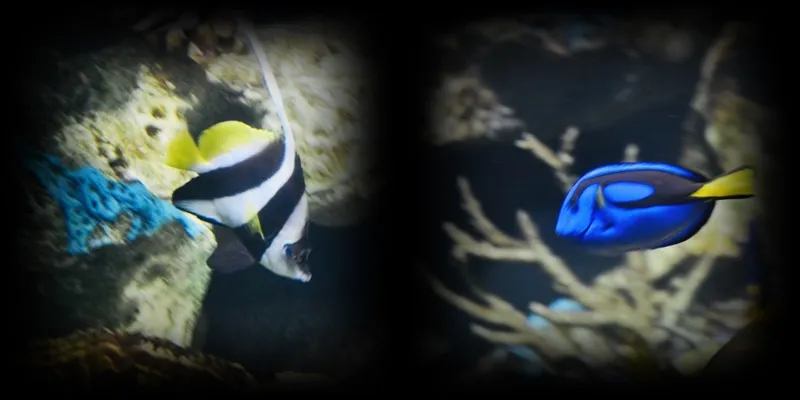
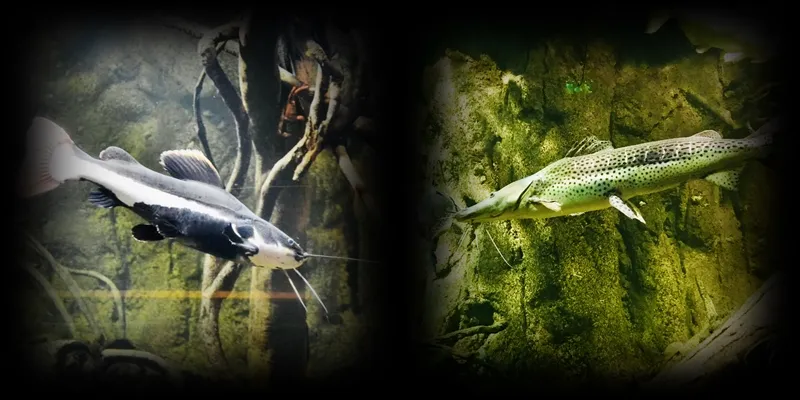
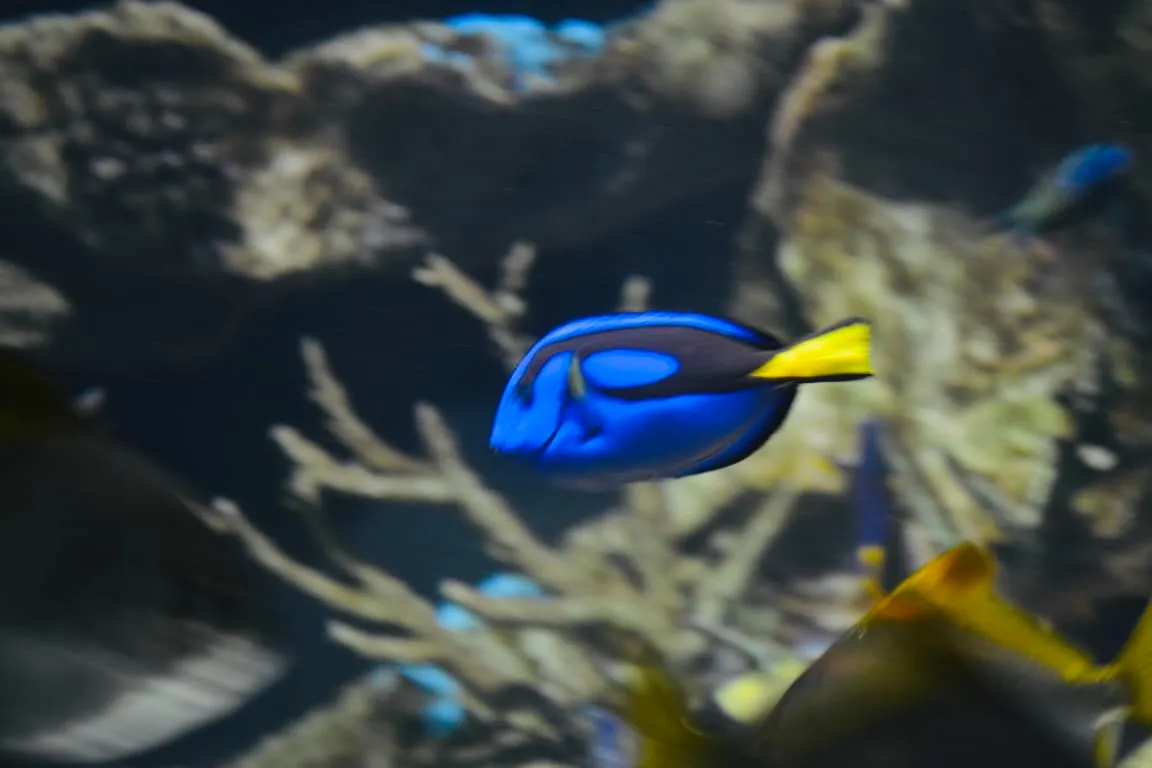
Rays, Rajiformes (their scientific name):
The rays have a flat body, they are wider than long. Their pectoral fins are triangular. It is a fish that has no bony skeleton, only cartilage. its color is light gray with dark spots. very closely related to sharks.
Most are viviparous and give birth to live young, some lay eggs wrapped in a horny capsule.
They inhabit all seas and feed on crustaceans and mollusks.
Rayas, Rajiformes ( su nombre científico) :
Las rayas tienen el cuerpo plano, son mas anchas que largas. sus aletas pectorales son triangulares. Es un pez que no posee esqueleto óseo, sólo cartílago. su color es gris claro con manchas oscuras. muy emparentadas con los tiburones.
la mayoría son vivíparas y dan a luz a crías vivas, algunas ponen huevos envueltos en una cápsula córnea.
Habitan en todos los mares y se alimentan de crustáceos y moluscos.
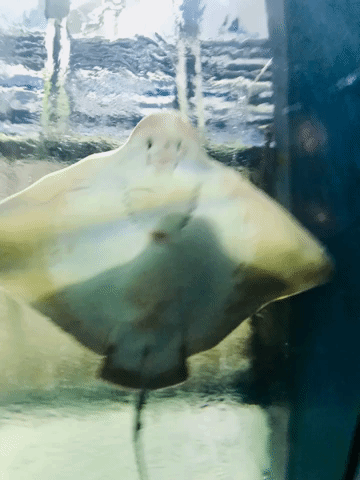
Thank you very much for watching it!
Muchas gracias por verlo!
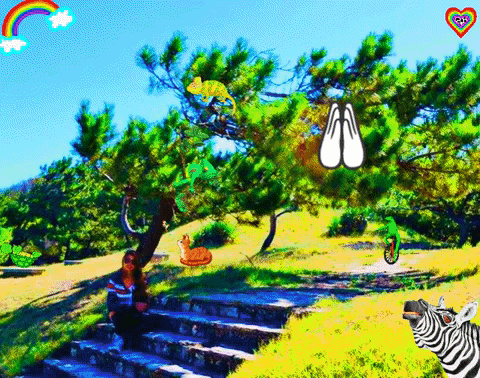
the gifs are made in GIPHY
editor I use is: PHOTOSCAPE
Here is the link to temaiken where I took the map and where you can see the different projects of their foundation.
https://www.temaiken.org.ar/bioparque
los gif están hechos en GIPHY
editor que uso es: PHOTOSCAPE
Aqui les dejo el enlace de temaiken en donde saqué el mapa y en donde pueden ver los distintos proyecto de su fundación.
https://www.temaiken.org.ar/bioparque